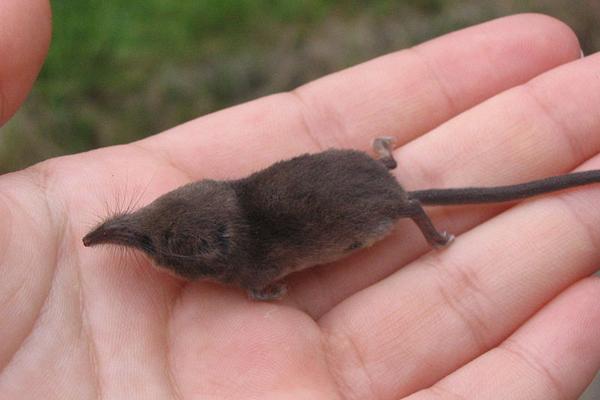Silly (and Serious) Science: The 10 Ig Nobel Prize Winners of 2013
The winners are ...

Dung beetles that navigate using the Milky and an experiment that required eating a parboiled shrew to the discovery that walking on water, on the moon, is feasible, are just a few of the highlights of the 23rd annual Ig Nobel Awards ceremony. Ten winners were awarded prizes in Nobel-esque categories for research that first makes people laugh, and then, of course, makes them think. Here are the winners.
Timing cows

The Probability Prize went to a team of researchers who discovered the longer a cow has been lying down, the more likely that bovine will soon stand up. It gets better. They went on to find once that rested cow stands up, predicting when the animal will again sit down will prove tricky. The team included Bert Tolkamp of the Netherlands, Marie Haskell of the UK, Fritha Langford of the UK and Canada, David Roberts of the UK and Colin Morgan of the UK.
Stop clapping

Let there be peace on the Belarus streets. Yes, the Peace Prize was snagged by Alexander Lukashenko, president of Belarus, who made it illegal to applaud in public, and to the Belarus State Police for arresting a one-armed man for applauding.
Penile health

The penis took home the Public Health Prize. A team from Thailand received this award for the medical techniques they described in the report "Surgical Management of an Epidemic of Penile Amputations in Siam." Apparently, the team recommends these techniques except when the amputated penis had been partially devoured by a duck.
Taming the shrew

Who knew archaeology included eating a shrew. Brian Crandall of the Mad Science of the Hudson in New York and Peter Stahl of the University of Victoria in Canada took home the Archaeology Prize after they parboiled a dead shrew, swallowed it without chewing and then meticulously examined their excretions over the next few days. The reason? The duo wanted to find out which bones would and wouldn't dissolve inside the human digestive tract. Yuck.
Dung beetles & the Milky Way

Dung, dung, dung, dung! This team won the Joint Prize in Biology and Astronomy for their celestial discovery that lost dung beetles find their way home by looking at the Milky Way. Here's how it works: After rolling a perfect ball of poo, the beetles climb on their dung balls and dance around in circles before taking off. The little jig lets the beetles check out the sky to get their bearings, according to Marie Dacke, a biologist at Lund University and her colleagues.
Anti-hijacking system

The Safety Engineering Prize went to the late Gustano Pizzo for his invention of an anti-hijacking system for aircraft in May 1972. The electro-mechanical system would drop a hijacker through trap doors, seal him or her into a package before dropping the encapsulated criminal through custom bomb bay doors. The hijacker would plummet, with parachute, to Earth just in time to get picked up by police who would have been alerted of the falling wrongdoer by radio.
Get the world’s most fascinating discoveries delivered straight to your inbox.
Walking on water

Walking on water would be super-cool, right? Leave it to physicists to figure out exactly how this feat could be achieved. The team won the Physics Prize for finding that a person could physically run across the surface of a pond. The catch: The magical feat would only work if that person and the pond were on the moon.
Teary-eyed

Your eyes may well up at this award. The Chemistry Prize went to scientists from Japan and Germany who discovered the biochemical process that causes onions to make people cry is even more complicated than scientists previously thought.
Opera for the heart?

A team of scientists won the Medicine Prize for figuring out the effect listening to the opera had on mice who were about to have heart transplants. The study was detailed in the Journal of Cardiothoracic Surgery in March 2012.
Beauty is in the eye of ...

This is a doozy. An international group of psychologists discovered a bizarre link between drinking alcohol and perception of beauty. Turns out people who think they are drunk also think they are attractive. The beautiful findings were published in May 2012 in the British Journal of Psychology.
Jeanna Bryner is managing editor of Scientific American. Previously she was editor in chief of Live Science and, prior to that, an editor at Scholastic's Science World magazine. Bryner has an English degree from Salisbury University, a master's degree in biogeochemistry and environmental sciences from the University of Maryland and a graduate science journalism degree from New York University. She has worked as a biologist in Florida, where she monitored wetlands and did field surveys for endangered species, including the gorgeous Florida Scrub Jay. She also received an ocean sciences journalism fellowship from the Woods Hole Oceanographic Institution. She is a firm believer that science is for everyone and that just about everything can be viewed through the lens of science.


